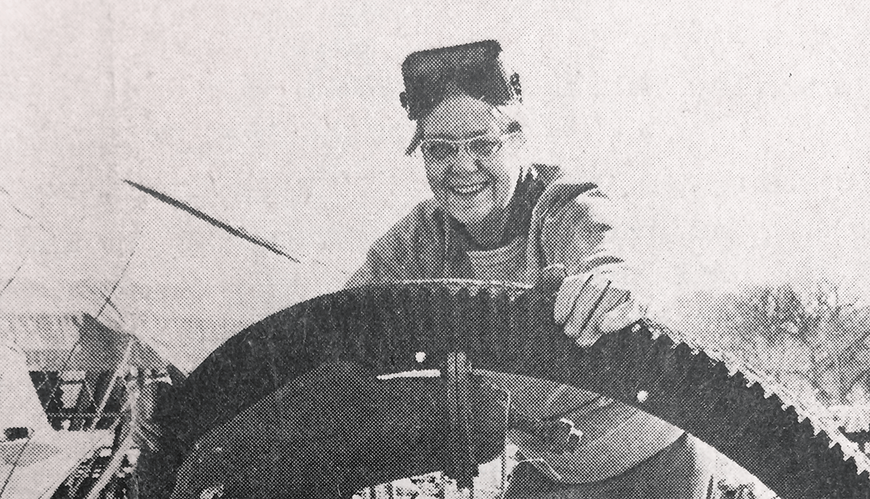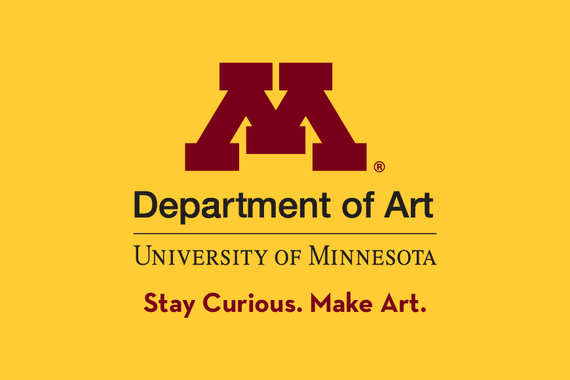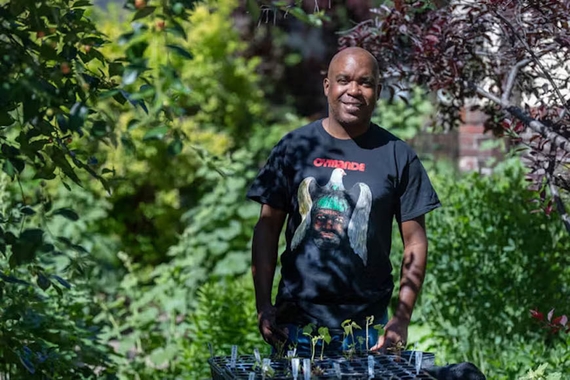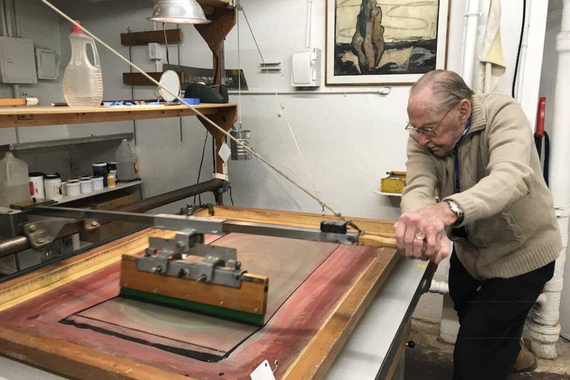Remembering Katherine E. Nash
It seems like everything at the University of Minnesota has somebody’s name on it—every building and lecture hall, even most of the benches. As a student, faculty or staff member it’s easy to just grow accustomed to these names and start taking them for granted, without ever wondering who these people were, or what they did to get their name up on the wall.
Though I’ve been hanging around here since 2012, all I knew about Katherine E. Nash until a few weeks ago was that she had been a professor of sculpture. I recently did a little bit of investigating, and it turns out that she was a truly remarkable woman, a trailblazer in the arts, and a tireless champion of the subject at the University of Minnesota for decades. Because she died in 1982, there isn’t a lot of information about her online, but fortunately the Andersen Library on campus contains an archive of her personal correspondence, documentation of her art exhibitions, and press clippings.
Born Katherine Elizabeth Flink, in Minneapolis in 1910, she decided early on to follow her passion for art-making in spite of any societal opinions to the contrary.
My father was a sculptor, and he was totally convinced that I could not be one. Therefore I was determined that I was going to be an artist, at least.
She initially enrolled at the U of M in 1928, earning a Bachelor of Science in Art Education in 1932. She married attorney Robert C. Nash in 1934, and continued to study art at the Walker Art Center School throughout the depths of the Depression and World War II.
The couple moved to Lincoln, Nebraska in 1948, and Katherine became a professor at the University there, learning to work as a metal sculptor with courses in welding, foundry and jewelry-making.
They re-settled near Lake Minnetonka in the western suburbs of Minneapolis in the late 1950s, and Katherine became the director of the University Art Gallery (which is now the Weisman Museum) in 1957. She taught sculpture starting in 1961, and was made an Associate Professor in 1963. The West Bank Union Gallery was renamed the Katherine E. Nash Gallery in 1979, which she described as “the most exciting thing that has happened to me outside my wedding.”
Nash was diplomatic but honest about the challenges she faced in the male-dominated field of academics, art and particularly metal sculpture, based on the expectations of the era. She stated in a University News Services interview in 1976:
Why aren’t there more women, especially young women, on the studio arts faculty?
There are few women who have bothered to become totally committed. There are not any really top professional women who want to move, and while a young man will bring his wife with him, a young woman won’t bring her husband to a new job for her.
Surveying her body of work in bronze casting and welded metal, the depth of her curiosity, experimentation and playfulness quickly become apparent.
Late in her career, as a well-established professor of sculpture, she showed her continued willingness to explore artistic possibilities in new areas as an early pioneer in the art of computer drawing, co-authoring a book with Richard H. Williams of the University of New Mexico in 1970 called Computer Program for Artists: ART 1.
It seems relatively commonplace today that an artist would work with computers, but when Nash began these projects she was crossing deep cultural divides in the University between engineering schools and the liberal arts, and prefiguring the kind of interdisciplinary research and intensely collaborative creative process that is popular at art schools today, half a century later - taking full advantage of the breadth and depth of resources and personnel available at a Research 1 Institution like the University of Minnesota.
In 1973 she was interviewed about her work with computers for a journal called Technolog, and she came up with this poetic analogy to explain her entry into this new field:
“The artist thinks illogically, but he has to go to the programmer. Their two minds produce a conglomerate neither had in mind. The result is like an alley cat, neither expects it.”
Almost 50 years after her initial entry into the University of Minnesota as an undergraduate, and fifteen years after she began teaching there, Katherine E. Nash retired in 1976. Though she had been the only female faculty member of the art department for more than a decade, she lived to see the impact of her hard work over the years, as women slowly began to play a larger and larger role in the composition of the faculty.
Today, there are seven tenure or tenure-track women faculty members at the Regis Center for Art, and eight men, and the Foundry program is headed by Term Assistant Professor of Sculpture Tamsie Ringler. Thanks to the efforts of “Katy Nash” and others like her, it’s more accepted than ever that,
“If it’s good art, it’s good art, whether it’s been done by a man or a woman.”





